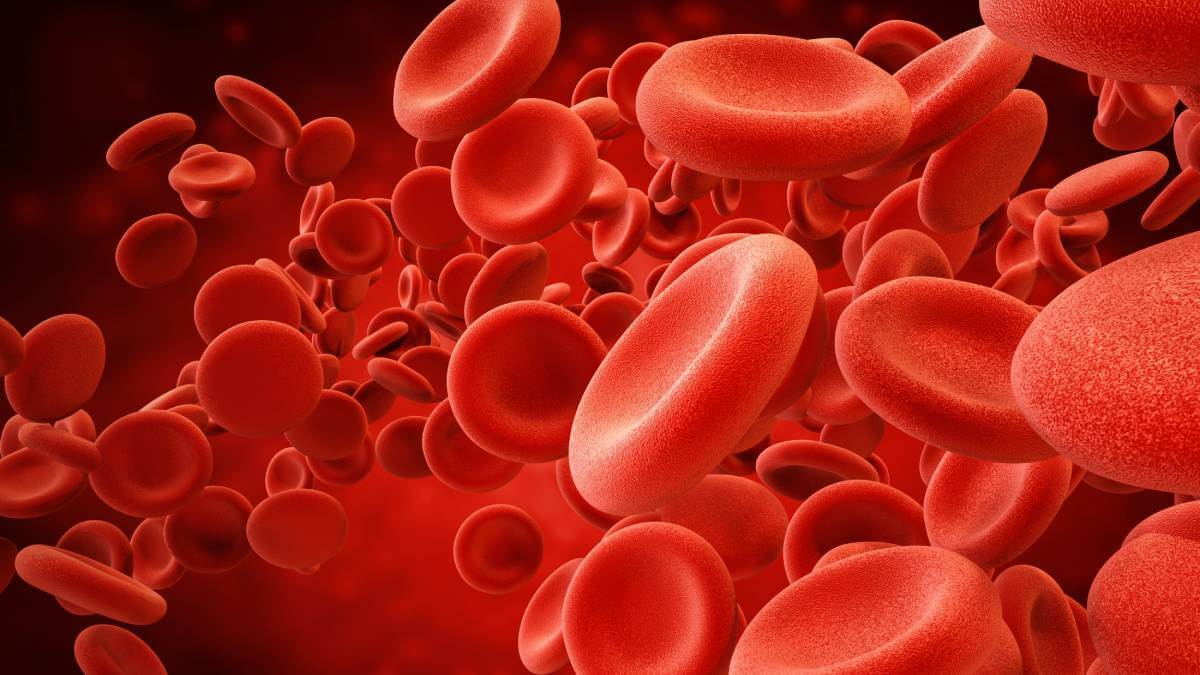A ‘postcode lottery’ for blood cancers means lives are being needlessly lost due to inconsistencies in treatment, the Leukaemia Foundation claims.
According to the foundation’s State of the Nation: Blood Cancers in Australia 2023 report, 18 Australians die every day from blood cancer and eight of those patients (or 2900 every year) could be saved if they received best-practice treatment.
The foundation launched its first State of the Nation report in 2019 and this year’s edition surveyed 4600 people with blood cancer.
Roadmap
Leukaemia Foundation chief executive Chris Tanti says the report provides a roadmap to save patients across Australia.
“Getting an accurate blood cancer diagnosis and the best treatment can be challenging,” he says.
“Difficulties can arise depending on where a person lives and, in some cases, whether they can afford to pay for tests and treatments.
“It’s unfair that someone’s postcode or other personal circumstances could affect the quality of treatment they receive.”
The report found that about 13 per cent of people with blood cancer can wait more than two months from their first appointment to obtain a referral to a specialist.
A quarter of people with blood cancer were referred to one or more other specialists before being referred to a haematologist and more than a third waited more than a month to see a haematologist.
“While there have been significant improvements in survival nationally over the past two decades, there remains significant variation in outcomes depending on where a patient is treated,” the report states.
Australia falling behind
The report also found many blood cancer treatments and therapies used overseas aren’t routinely used or available in Australia.
“When it comes to potentially life-saving cancer treatment, Australia is still falling behind the rest of the world,” Mr Tanti says.
“We need to bring Australia into line with international best practice by providing timely access to new treatments and therapies, as they’re being discovered.”
Blood cancers remain among the most expensive cancers to treat.
The foundation says myeloma is the most expensive cancer and leukaemia the third most expensive to treat because of high hospital admissions and pharmaceutical costs.
The foundation found:
- A third of people with blood cancer face $10,000 in out-of-pocket expenses.
- Almost one in three people with blood cancer haven’t been able to return to work since their diagnosis.
- By 2035, blood cancer will cost the economy $71.9 billion each year.
The 2023 report noted that people living with blood cancer and their loved ones face intense, multi-month treatment regimens that often require patients to relocate from their homes to specialist centres. This places families at higher risk of financial strain, depression and anxiety than those dealing with other cancers.
The 2019 report brought Australian government bodies and the blood cancer community together to improve outcomes for sufferers.
The federal government established the National Blood Cancer Taskforce, which developed national strategic plans and a national approach to clinical guidelines. That work is still under way.
Is the government doing enough to help standardise healthcare in Australia? Have you had to relocate to receive treatment? We’d love to hear about your experience in the comments section below.
Also read: Is it a lump or is it something more?


So where is this postcode map? The heading is rather meaningless if it does provide at least a l.ink the good and bad postcodes to live in.
Found a general map of Australia on page 22 of the report. As many people as possible need to ask for what diagnosis/ treatment facilities are available where they live TO PUT PRESSURE on the government to do something about lack.
it took 10 months for my wife to see a respiratory specialist and she didnt bother getting out of her chair
6 appointments made 5 cancelled
9 days later she died after being in intensive care for 4 days then put in a ward where she lived for another 9 hrs which i think if they botherered to examine her earlier she would still be here
She died from pnumonia and a lung disease which was never treated
Jan –
It would be doing all your readers a great service if you can publish what you can find out (a map?) about where lack of diagnosis/ treatment facilities exist across the country. I suspect people in even quite highly populated regional areas will have to travel far if any.